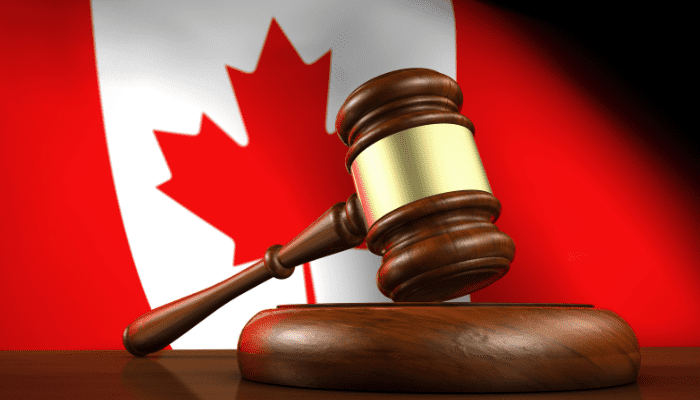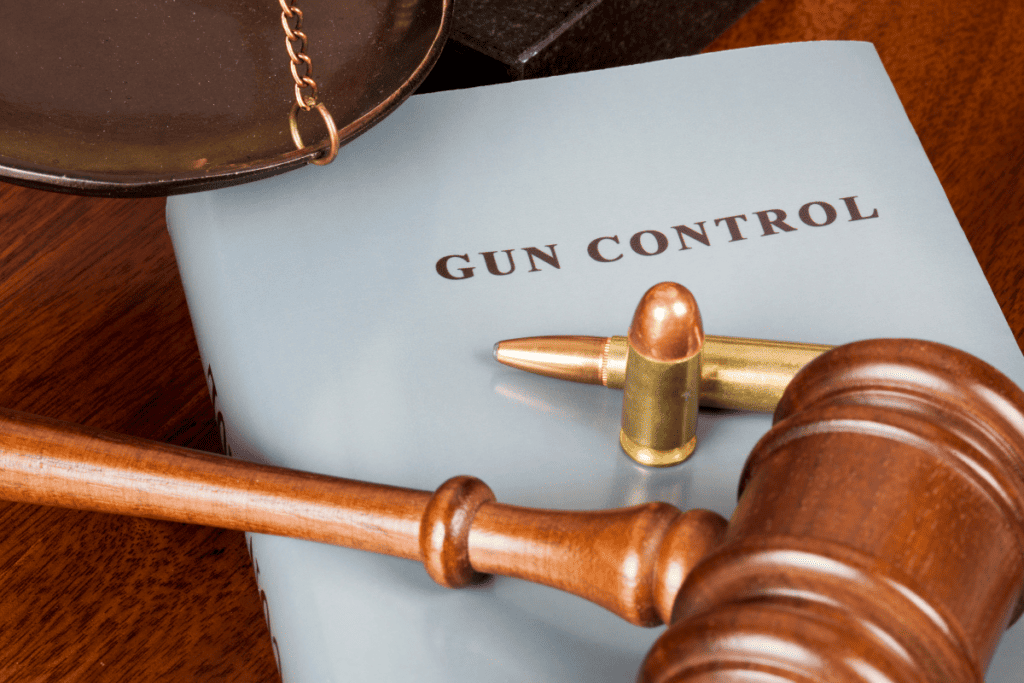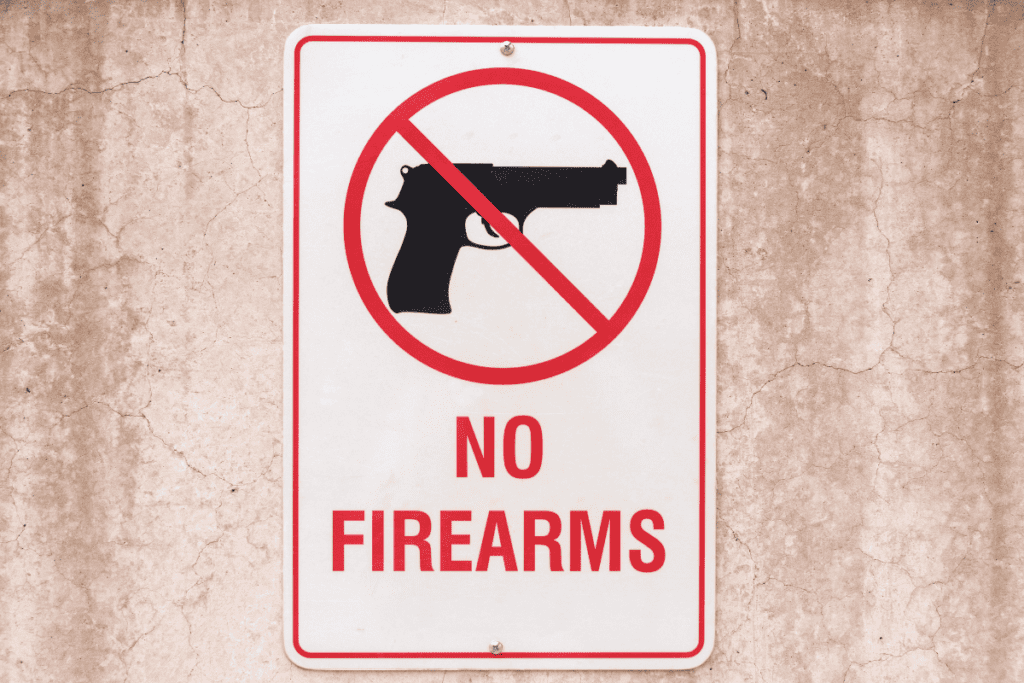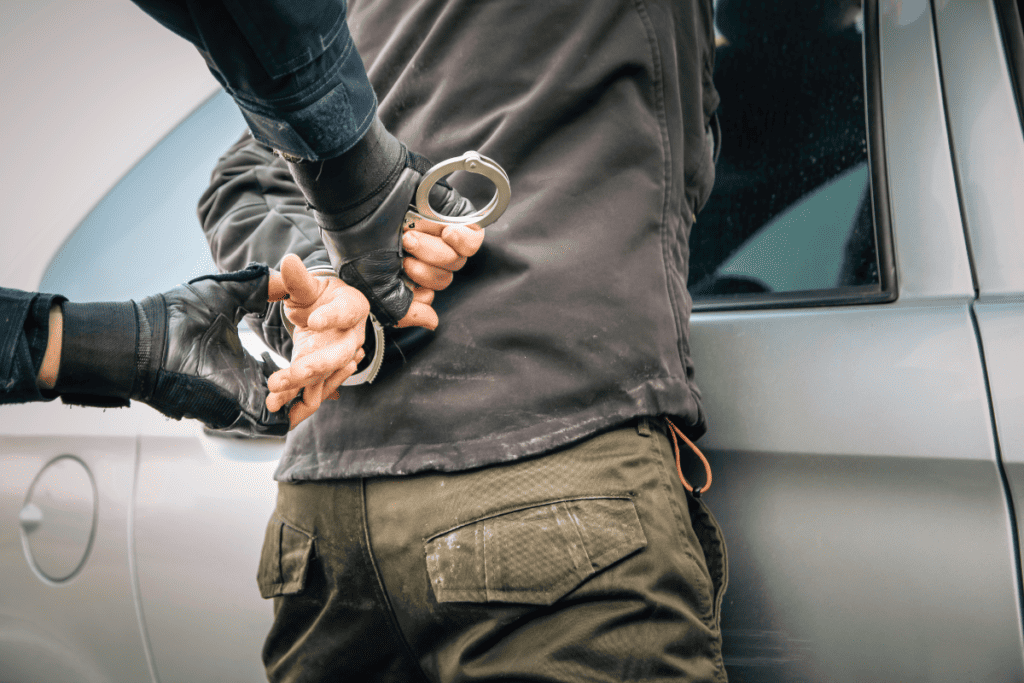The Canadian Law on Gun Safe Installation: Lock, Stock, and Bolt

Are you a gun owner residing in or planning to move to Canada, and you worry about the current gun-related control amendments? Let’s revisit some of the Canadian gun laws.
Canada’s stricter gun laws value people’s lives, especially children’s. The government is reviewing bill C-21 (C-71) due to many gun-related injuries and deaths.
Gun owners must take safety precautions to ensure the safety of their community from gun-related accidents. Canada wants to strengthen gun laws, but strict implementations have caused some gun organizations to oppose the bill.
Legal and non-violent gun owners are responsible for Canada’s high rate of gun-related injuries and fatalities. Enforcing the present gun laws could help prevent fatal shootings and save lives.
Read on to see Canadian gun laws and know if they have specific gun safety requirements.
Gun Safe Requirements in Canada

There are no specific gun safe requirements written in Canadian gun laws. It only refers to one description, a secure container, receptacle, or room designed to be difficult to break into.
Reliable gun storage helps prevent unwanted gun-related events, such as theft and death, which is the primary goal of Canadian gun laws.
Canada’s Firearms Act S.C. 1995, c. 39 enacts the provision of licenses and authorization to register, carry, store, import, transport, and operate firearms. It also includes the “Storage, Display, Transportation, and Handling of Firearms by Individuals Regulations (S.O.R./98-209)” annex.
In an offense, the individual or business will be penalized accordingly, such as in Criminal Code – R.S.C., 1985, c. C-46 (Section 244.1) and Criminal Code – R.S.C., 1985, c. C-46 (Section 487.04).
S.O.R./98-209 covers private gun users, except for certain circumstances that are legally permitted or authorized by Acts of Parliament and the legislature of a province, regulations made under those Acts and municipal by-laws, or the rules of the International Shooting Union.
The next part tackles gun storage conditions provided, categorized per firearms classification: non-restricted, restricted, and prohibited.
According to Section 2 of the Criminal Code, a “firearm is a barrelled weapon that discharges projectiles capable of causing bodily harm or death, or anything that can be adapted as a firearm.” Unless used in violence, the following devices are generally not considered firearms:
- Antique firearms;
- Devices designed exclusively for signaling and notifying of distress, firing blank and stud cartridges, explosive-driven rivets, and other industrial projectiles;
- Shooting devices designed solely for slaughtering and tranquilizing domestic animals, discharging projectiles with lines attached to them; and
- Air guns and other barreled weapons are designed to have a muzzle velocity of 152.4 meters per second and a muzzle energy of 5.7 joules or less.
Non-Restricted Firearms: Storing Conditions
Most common long guns are non-restricted. Ordinary hunting and sporting rifles, shotguns, and air guns with a length of 660mm or more are not restricted.
An individual may store a non-restricted firearm only if:
- It is unloaded; and
- It is rendered inoperable using a secure locking device and stored in a container, receptacle, or room that is kept securely locked.
Restricted and Prohibited Firearms: Storing Conditions

These are the prohibited firearms and devices and their variants:
- M16, AR-10, AR-15 rifles and M4 carbine
- Ruger Mini-14 rifle
- M14 rifle
- Vz58 rifle
- Robinson Armament X.C.R. rifle
- CZ Scorpion EVO 3 carbine and pistol
- Beretta CX4 Storm carbine
- SIG Sauer SIG MCX and SIG Sauer SIG MPX carbine and pistol
- Swiss Arms Classic Green and Four Seasons series (as specified in former Bill C-71)
Here are the prohibited firearms with the following characteristics:
- A muzzle velocity of 500 feet per second;
- Capable of discharging a projectile with a muzzle energy greater than 10,000 Joules;
- A bore of 20 mm or greater;
- If it is a centrefire semi-automatic firearm, the barrel length must be at least 470mm;
- Handguns with barrels equal to or less than 105 mm in size;
- Handguns designed or adapted to discharge a 25 or 32-caliber cartridge;
- Firearms adapted from a rifle or shotgun, whether by sawing, cutting, or any other alteration, and that, as so adapted, are:
- less than 660 mm in length
- 660 mm or greater in size and has a barrel less than 457 mm in size;
- Automatic firearms, whether or not altered to discharge only one projectile with one pressure of the trigger; or
- Firearms prescribed prohibited firearms in the Regulations.
Restricted Firearms
Firearms included in this class are handguns that are not prohibited firearms. These have the following characteristics:
- Have a barrel less than 470 mm in size;
- Capable of discharging center-fire ammunition in a semi-automatic manner;
- designed or adapted to be fired when reduced to a length of less than 660 mm by folding, telescoping, or otherwise; and
- Firearms of any other kind are prescribed restricted firearms in the regulations.
Securing restricted weapons with a locking device such as a cable or trigger lock is recommended. The locking device is not required if the gun is in a vault or safe designed or altered to accommodate weapons.
Considerations for Installing a Gun Safe in Canada
With Canada’s strict implementation of gun laws, it is crucial to consider the quality of the gun safe you will use to house your legal firearms, too.
Here are some of the pointers to consider for installing one:
1. Type of Firearm(s) Being Stored
Gun safes range in size from small to large, depending on the type of firearms owned. Canada allows all firearms, from handguns to long rifles, based on lawful ownership, behavioral gun handling reports, and the legal purpose of owning a particular type.
2. Size and Weight
Choose a gun safe according to your needs. If your gun types are big and heavy, store them in large gun safes that can securely carry their size and weight.
3. Fire and Theft Protection Ratings
A gun safe with a thick gauge of steel is likely to be heavy, hard to drag around, and hard to drill into by thieves. This is important for protecting dangerous firearms from unauthorized access and fire.
You can also consider buying a gun safe that can protect your firearms from electromagnetic pulses or EMP. Choosing a gun safe that can withstand fire for a minimum of one hour at a good heat level resistance is recommended.
4. Locking mechanism options
The Canadian government prioritizes gun laws to protect lives. Gun safes must have high-quality locking mechanisms. The gun cabinet type of gun safe is not recommended, as latches with padlocks are unreliable for keeping dangerous firearms.
Restricted Firearms’ Proper Gun Safe Installation
While you cannot own a prohibited firearm unless properly authorized through grandfathering, you do not need to be grandfathered to get a prohibited handgun if all of the following apply:
- The handgun was made before 1946;
- The handgun is currently registered in Canada (under s.12(6.1)); and
- You are the child, grandchild, brother, sister, or spouse / common-law partner of the lawful owner.
Under these circumstances, anyone who acquires a prohibited handgun will have 12(7) printed on their firearms license. This means you can lawfully possess a pre-1946 handgun passed on by a direct relative, but you are not authorized to acquire other prohibited handguns.
Hiring a professional gun safe installer, especially for restricted firearms, is highly encouraged.
The Royal Canadian Mounted Police runs regular checks on gun owners. To ensure a successful inspection, it is vital to follow Canadian gun laws and guidelines, keep all necessary documents secure, and maintain or enhance the security of your gun safe.
There are many gun safe installers in Canada. You can find a reputable one by checking on their website reviews or by a family or friend’s recommendation.
Consequences of Ignoring Gun Safe Restrictions in Canada

According to Statistics Canada, 78% per 100,000 people are gun homicide victims, the highest rate since 1992. For the sixth consecutive year, shooting was the leading cause of death among homicide victims.
That is enough reason for the government to restudy the gun law implementation. Violations can result in court charges, fines, and confiscation of firearms. These violations result from ignoring Canadian gun laws.
There are no specified gun safe requirements in Canadian gun laws, so there are no consequences for not having a secure locking mechanism, using stocks to prevent gun safe from tipping over, or bolting the gun safe down the floor.
The closest consequence for negligence or ignoring gun safe installation practices is the charge of s. 86 careless firearm storage, with fines and imprisonment of up to five years, depending on the event’s severity and prior convictions.
Conclusion
Canada has taken steps to reduce gun-related incidents to protect citizens. Hiring a professional gun safe installer who’s familiar with gun safe laws in Canada is best. This also ensures maximum security for your storage.
If you already have a gun safe, you can make it more reliable using tips from this article. All places where firearms, ammunition, bolts, and other gun-related accessories are stored should have the same level of security as the safe itself.
Canadian gun law amendments and stricter implementations of the existing ones are debatable. What’s not debatable is taking your role as a responsible gun owner who keeps dangerous firearms securely and out of reach of unauthorized persons.
Be a responsible gun owner to save lives.
FAQs
What is the Canadian law on gun safe installation?
There are no specific gun safe requirements written in Canadian gun laws. It only refers to one description, a container, receptacle, or room that is difficult to break into.
What kind of gun safe should I install?
You should install a high-quality gun safe designed to be difficult to break into.
Can I store my firearms in a locked room instead of a gun safe in Canada?
Yes, as long as the room is designed to house dangerous and deadly items.
What are the penalties for improper firearm storage in Canada?
The closest consequence for negligence or ignoring gun safe installation practices is the charge of s. 86 careless storage of a firearm, with fines and imprisonment of up to five years, depending on the event’s severity and prior convictions.
Sources
“Careless Use or Storage of a Firearm (Offence) – Criminal Law Notebook.” Criminalnotebook.ca, criminalnotebook.ca/index.php/Careless_Use_or_Storage_of_a_Firearm_(Offence).
Cotter, Adam. “Firearms and Violent Crime in Canada, 2021.” Www150.Statcan.gc.ca, 12 Dec. 2022, www150.statcan.gc.ca/n1/pub/85-005-x/2022001/article/00002-eng.htm.
Government of Canada, Royal Canadian Mounted Police. “National Home Page | Royal Canadian Mounted Police.” Www.rcmp-Grc.gc.ca, 1 Apr. 2021, www.rcmp-grc.gc.ca/.
“Legal Classes of Firearms in Canada.” Www.firearmstraining.ca, www.firearmstraining.ca/classes.htm.
